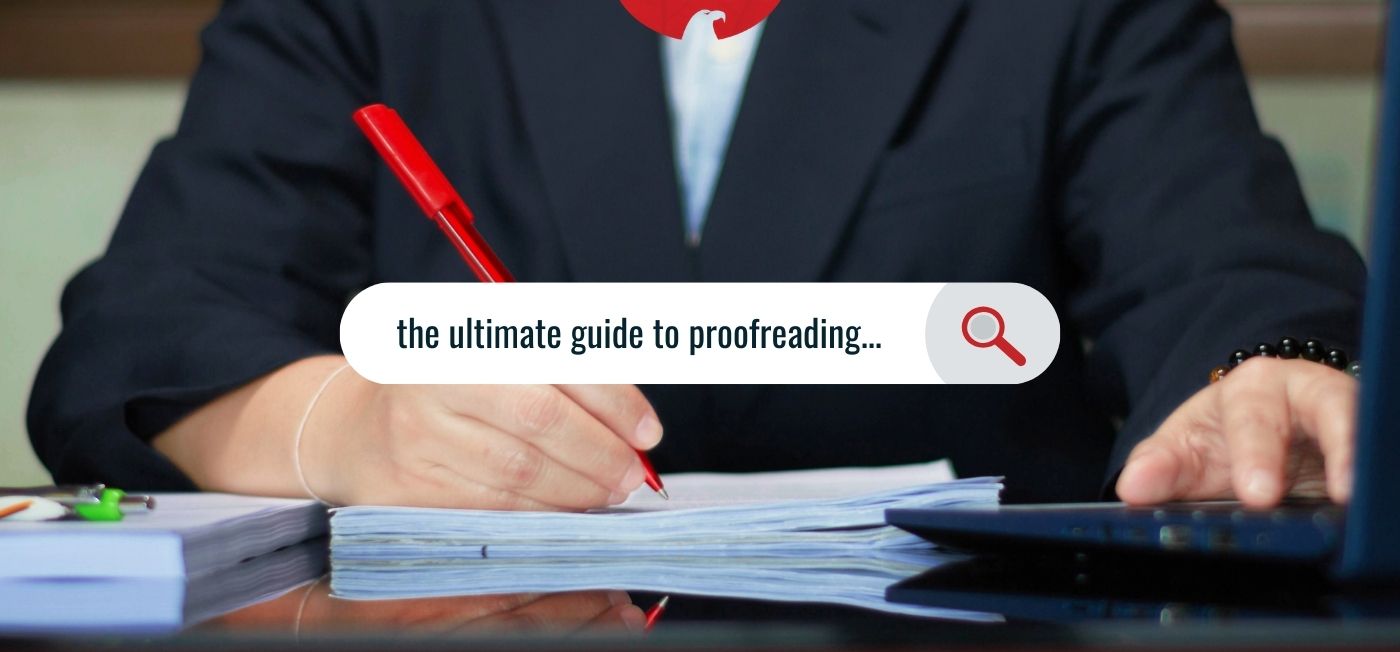
Mastering the art of proofreading – your ultimate checklist
Regardless of your area of writing or your expertise in a specific genre, mastering the skill of proofreading is crucial for any writer. Proofreading involves meticulously reviewing your text to detect and rectify typographical errors, spelling mistakes, grammar issues, and style inconsistencies.
This article delves into the essential elements of proofreading and provides valuable tips to help proofread your content efficiently.
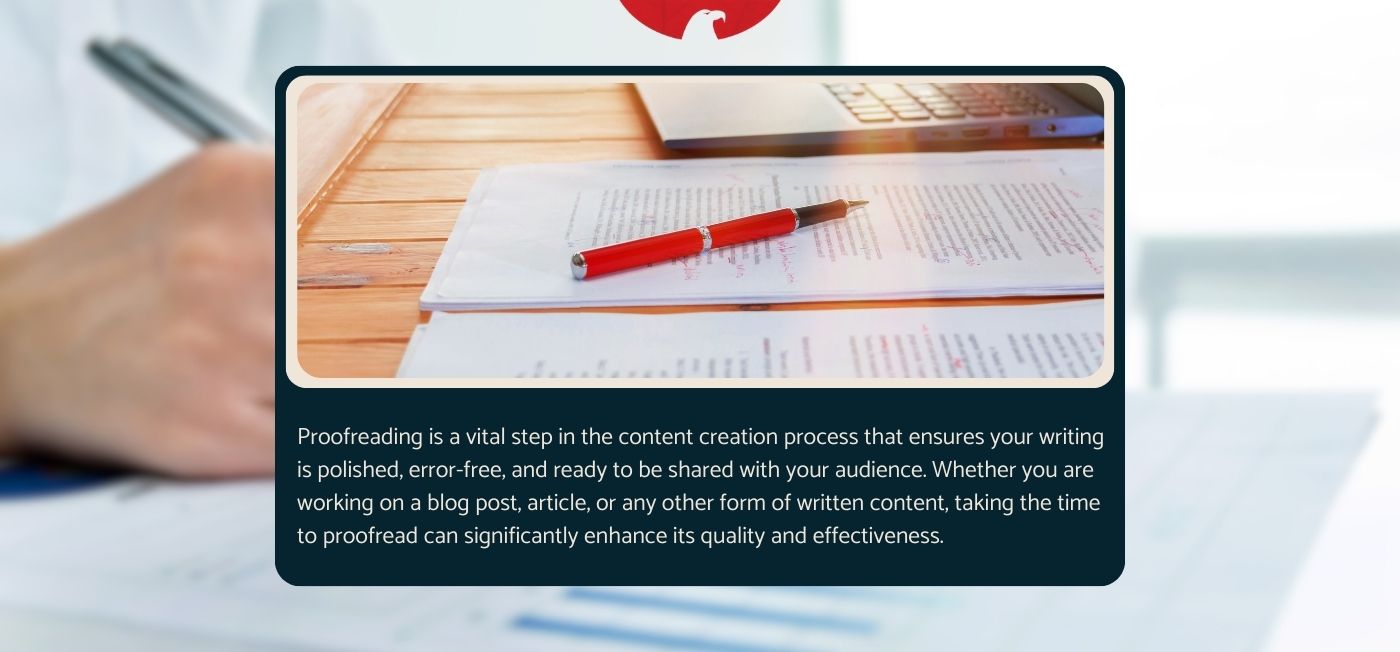
How does proofreading work?
Experienced and professional proofreaders typically have their own style and process for effective proofreading documents, and this can vary based on many factors, including the type of document to be proofread.
Proofreading is usually the last step before submitting your final draft for evaluation or publication. It comes after you have addressed larger matters such as style, content, citations and organizations during revising. Like revising, proofreading demands a close and careful reading of the text. This month, our team at Vantage will deliver 10 content proofreading tips to help you confidently publish.

Distance yourself from work
It is hard to edit or proofread a paper you have just finished. It is still too familiar and you tend to skip over a lot of errors. Put the paper aside for a few hours, days or weeks. Go for a run or simply take a trip to the beach. Clear your head of what you have written to look at the paper and see what is on the page. Better yet, give the paper to a friend – you cannot get much more distance than that. Someone reading the paper for the first time comes to it with completely fresh eyes.
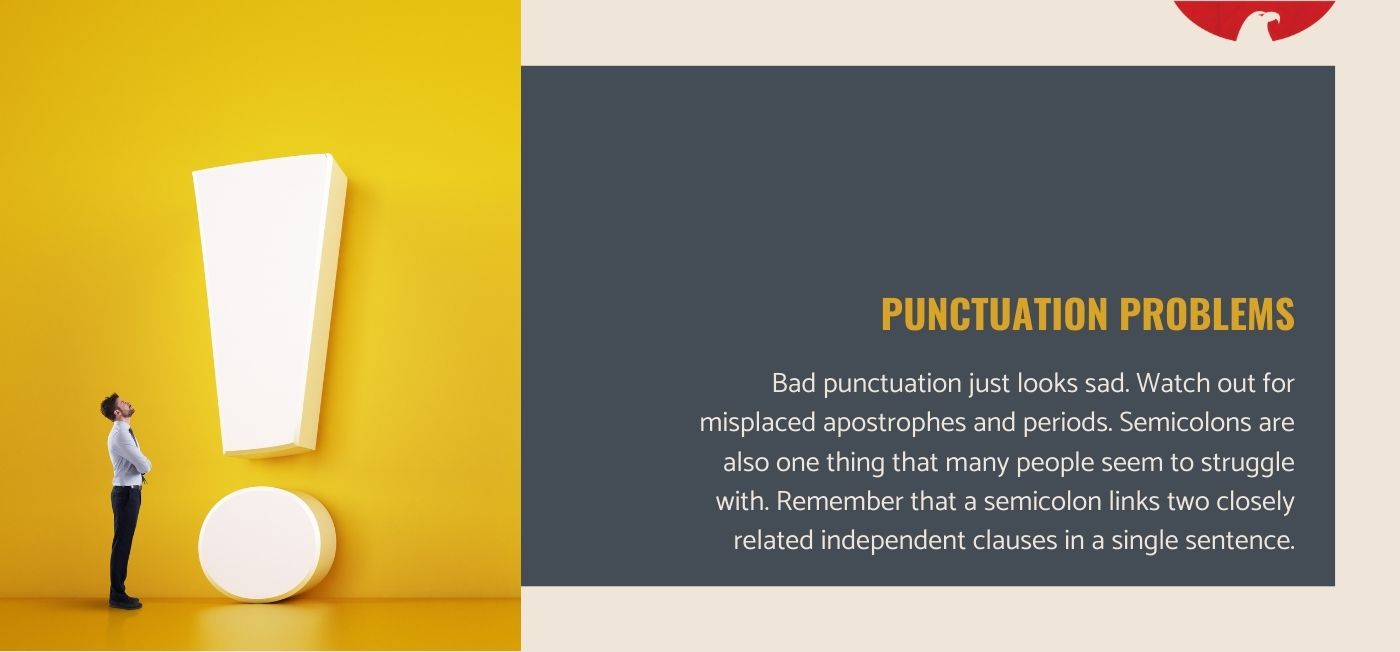
Pay special attention to punctuation
Bad punctuation just looks bad. Watch out for misplaced apostrophes and periods. Semicolons are also one thing that many people seem to struggle with. Remember that a semicolon links two closely related independent clauses in a single sentence.
Here is an example
I have a massive blog post due tomorrow; I cannot play Xbox tonight.
The two clauses above are separated by a semicolon but could work as their own sentences if you put a period between them instead.
I have a massive blog post due tomorrow, I cannot play Xbox tonight.
If you find them confusing, it is best just to avoid them. You can write a perfectly good blog post without using a single semicolon.
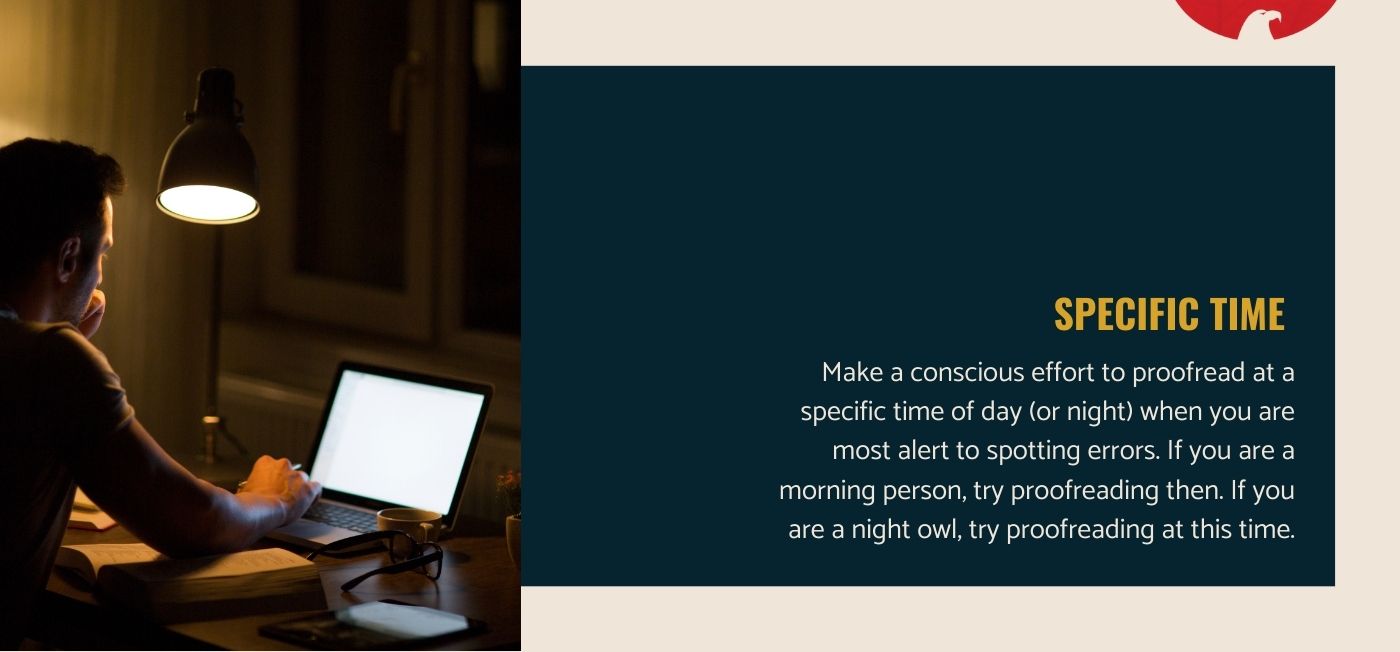
Choose a specific time of the day
Make a conscious effort to proofread at a specific time of day (or night) when you are most alert to spotting errors. If you are a morning person, try proofreading then. If you are a night owl, try proofreading at this time.
Print a hard copy of the text
Reviewing the document in a different format and being able to circle and underline errors manually can help you take the reader’s perspective, identifying issues you might ordinarily miss. Additionally, a hard copy gives you a different visual format (away from your computer screen) to see the words anew.
Review the draft in stages
One of the other best proofreading strategies is approaching your proofreading and editing tasks separately. Begin with structural editing by assessing the accuracy of the overall flow and clarity of your message. You can also make significant changes at this stage by adding or deleting various text sections.
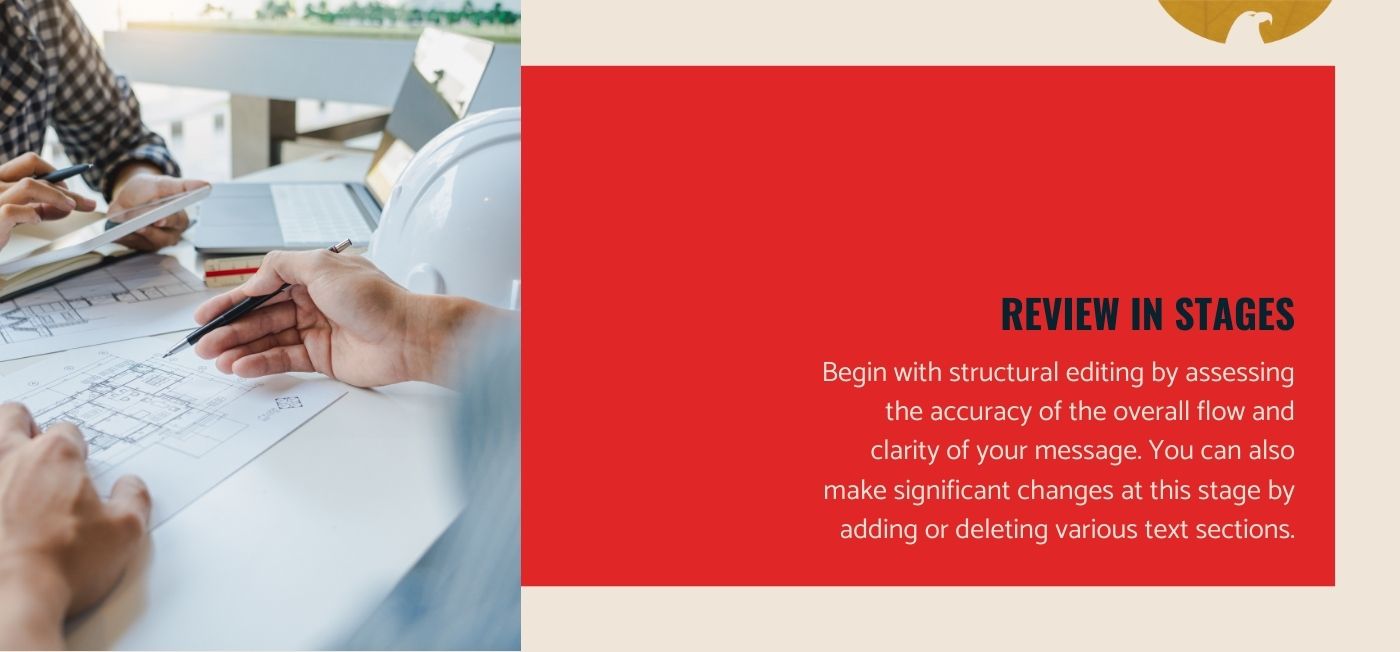
The next step is line editing, which focuses on revising each line to communicate your ideas. After line editing, the next step should be to proceed with copy-editing, which involved polishing your sentences to ensure correct grammar and syntax.
The last stage here is proofreading, where you carefully check for remaining errors like misspelled words and misused punctuation.
Other helpful tips
- Do not edit the paper the same day you have finished writing. Leave it for a while and then come back to it.
- Concentrate. Find a quiet and comfortable place to proofread. This way, you will catch more errors if you are focused.
- Get someone else to read it when you have gone over it as much as you can. A second pair of eyes can see twice as much.
- Do not rely on spell check or grammar check. Sometimes they miss things too.
- Know if it is easier for you to edit on the computer or a printed page.
- Have your resources close to you to look up anything you are unsure of easily.
Embracing the proofreading process
Proofreading can be challenging and tedious for anyone reviewing their work. Proofreading does not have to be difficult. Your blog posts will be professional if you give yourself ample time and use a few strategies. Find out what your weaknesses are, and focus on those areas specifically. Take a break once you have finished writing before you begin to proofread. Watch out for contractions, formatting and prepositions.
Get into the habit of leaving ample time to polish your blog post before submission. Figure out what works for you, and be prepared to invest some time into your proofreading process.
What other things do you do when you proofread? Share your ideas with us in the comments below.
